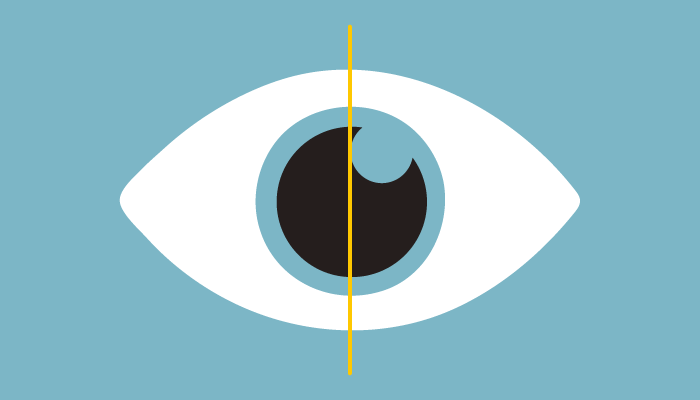
Published in the American Journal of Ophthalmology, a recent study explored the potential of using optical coherence tomography (OCT) biomarkers to differentiate between arteritic anterior ischemic optic neuropathy (A-AION) and non-arteritic anterior ischemic optic neuropathy (NA-AION). A-AION, often associated with giant cell arteritis (GCA), typically presents a poorer visual prognosis compared with NA-AION and demands a different treatment approach, so early differential diagnosis is important.
The study, conducted by researchers from the Department of Ophthalmology at Rigshospitalet, Copenhagen, Denmark, analyzed single-center OCT data from 32 patients, including 8 with A-AION and 24 with NA-AION. It focused on two biomarkers: paracentral acute middle maculopathy (PAMM) and peripapillary intraretinal and subretinal fluid (IRF/SRF). PAMM, a condition marked by ischemic changes in the middle layers of the retina, was found in 50 percent of A-AION cases, but was absent in all NA-AION cases, suggesting it could serve as a useful marker for A-AION. Conversely, extensive peripapillary fluid, particularly involving the macula, was observed in 83 percent of NA-AION patients but was absent in all A-AION cases, indicating it could be used as a potential marker for NA-AION.
Combining these two OCT biomarkers, the researchers found that they could accurately classify 75 percent of patients with AION, based solely on the OCT scans. Indeed, the authors suggest the approach could offer a non-invasive, early diagnostic tool, helping clinicians to initiate appropriate treatments for both A-AION and NA-AION more rapidly.
